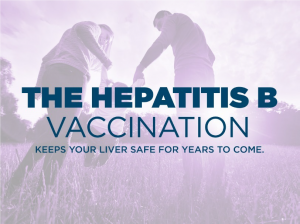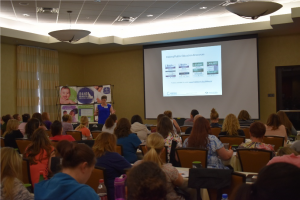A Call for Action: Responding to the Increasing Incidence of Liver Cancer in the United States
Posted on byDr. Behnoosh Momin
CDC Health Scientist
The Problem

Liver cancer is on the rise in the United States. From 2006 to 2015, the incidence of liver and intrahepatic bile duct cancer increased 32%, and deaths from liver cancer increased by 25%. Several factors increase a person’s risk for liver cancer, including chronic hepatitis C, chronic hepatitis B, obesity and type 2 diabetes (as they relate to nonalcoholic fatty liver disease), and alcoholic cirrhosis.
Liver cancer is largely a preventable disease. Globally, approximately 78% of hepatocellular carcinoma, a type of liver cancer, has been attributable to chronic HBV or HCV infection; however, in 2016 in the United States, 66% and 44% of people infected with hepatitis B and hepatitis C, respectively, were unaware of their infection. In 2016, about 2.4 million Americans were living with hepatitis C. The prevalence of hepatitis C is highest among those born between 1945 and 1965.
A Call for Action: CDC’s Role in Reversing Trends

CDC recommends that certain people get tested for hepatitis C. If you test positive, you should get medical care. Most cases of hepatitis C are curable with short courses of all-oral (pills) treatments that have few side effects. Similarly, CDC recommends certain people get tested for hepatitis B and that they get follow-up care if they are infected. Although there is no cure for hepatitis B, there are effective treatments, and there is a hepatitis B vaccine. CDC recommends the hepatitis B vaccine for all infants at birth, all children who did not receive the vaccine at birth, and certain adults who may be at increased risk of infection. Reducing alcohol intake can also help lower one’s risk of getting liver cancer. Education to prevent intravenous drug use is critical as over half of new HCV infections are in this population.
CDC has been on the front lines helping people in two high-risk liver cancer populations to adopt recommended behaviors and prevention strategies in order to substantially lower liver cancer risk. Starting in 2015, CDC began a study with the Cherokee Nation and Idaho Comprehensive Cancer Control Programs (members of CDC’s National Comprehensive Cancer Control Program). The Cherokee Nation and Idaho implemented prevention strategies to increase physician education and capability to prevent liver cancer in their patients, to increase health care provider knowledge and awareness, and to inform the general public on the importance of hepatitis B vaccination.

Photo Credit: Idaho Comprehensive Cancer Control Program
For each of the interventions that the Cherokee Nation and Idaho implemented, participants from the target population reported that they knew more about liver cancer and intended to follow up with their doctors on getting vaccinated for hepatitis B and/or getting tested for either hepatitis B or hepatitis C, as appropriate. Health care providers not only reported improved awareness and knowledge, but an improved ability to identify patients at risk for HBV and HCV infection and liver cancer, as well as an improvement in their intentions to talk to their patients about that risk.
As a result of this study, CDC developed a Liver Cancer Action Plan to assist other cancer programs and the broader cancer control community with developing and putting strategies into action. Cherokee Nation and Idaho Comprehensive Cancer Control Programs have also developed a number of resources that are available to assist individuals and communities in preventing liver cancer.
Looking Forward
Liver cancer continues to increase, and the opioid epidemic in the United States is worsening the burden of viral hepatitis. If the rise in new viral hepatitis infections is not addressed, the burden of liver cancer in the nation is likely to increase even more in the future. Opioid use has led to increases in the number of people who inject drugs (PWID) in the U.S., which in turn increases risk of HCV and HBV infection through use of shared equipment. In 2019, CDC’s liver cancer work will expand to focus specifically on PWID in an effort to lessen the effects of the epidemic and to lower liver cancer risks in these groups.
CDC’s National Comprehensive Cancer Control Program is committed to decreasing liver cancer incidence. We are working with federal and non-federal partners to fight this deadly disease and save lives.
Read more of Dr. Momin’s most recent publications on liver cancer prevention.
Posted on by

